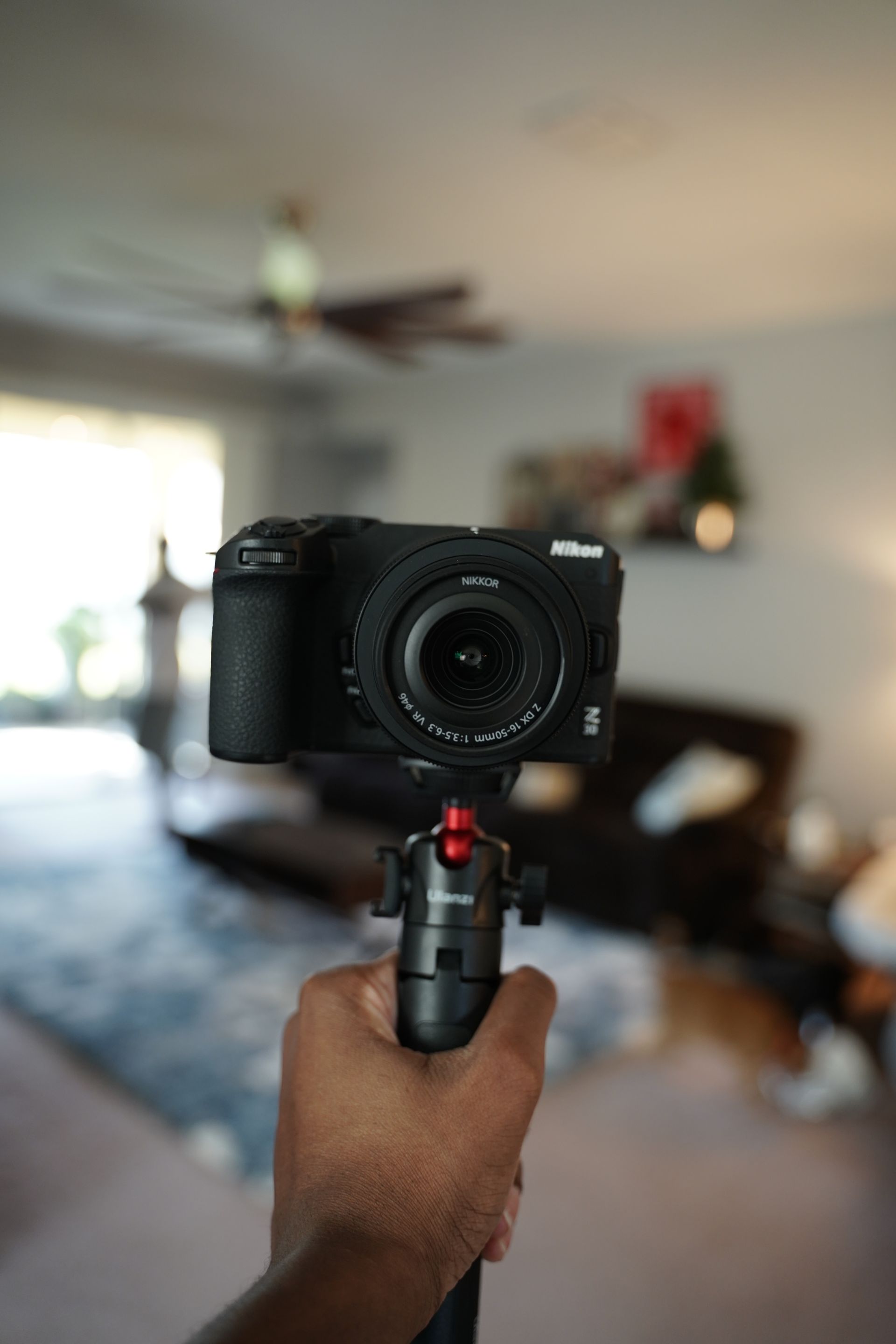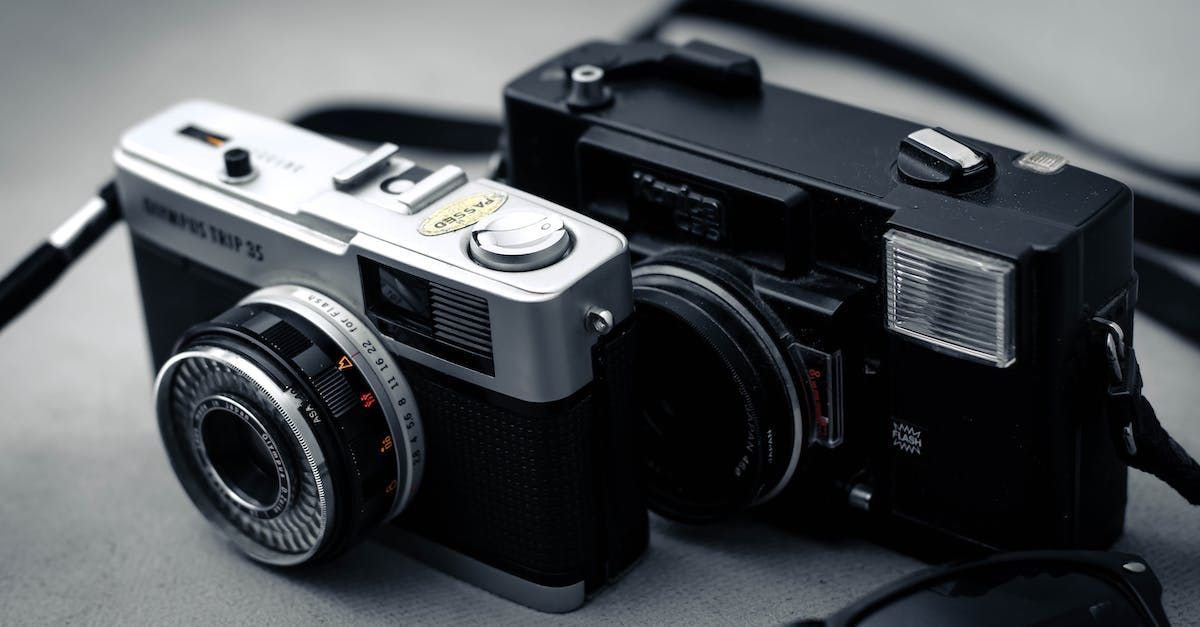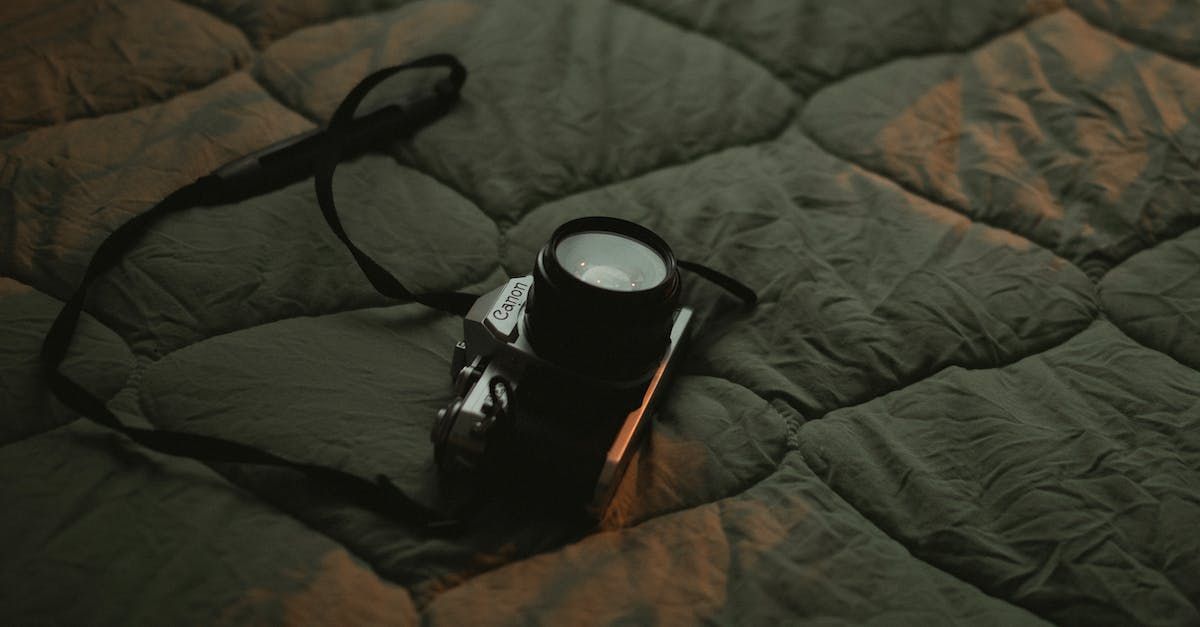What is Aperture? Everything You Need to Know
The concept of aperture finds its roots in the early camera obscure, a device that used a small hole to project an image of its surroundings onto a screen. The realization that a smaller hole could sharpen an image but reduce its brightness led to the development of the adjustable aperture. The first camera with a mechanical adjustable aperture, the Voigtlander daguerreotype, was introduced in 1840.
This changed the landscape of photography, allowing photographers to control exposure and depth of field, leading to more sophisticated and stunning visuals. Since then, the principle of aperture has remained essentially unchanged, remaining a crucial element in modern photography.
Table of contents
Quick Definition: Aperture
In the realm of photography, aperture refers to the size of the opening in the lens through which light enters the camera. The larger the opening or aperture, the more light that can enter, significantly affecting the photo's exposure and depth of field.
What is aperture?
In photography, the aperture refers to the opening in a camera lens that allows light to pass through. It can be adjusted to control the amount of light that reaches the camera's sensor or film. It is measured in
f-stops, which are also known as f-numbers.
Importance of Aperture in Photography
The aperture is a crucial component in photography as it directly influences the depth of field and exposure of an image. By manipulating the size of the aperture, a photographer can control the amount of light that reaches the sensor, thereby determining the brightness or darkness of the photo. A larger aperture (denoted by a smaller f-number) allows more light to pass through, resulting in a brighter image.
Conversely, a smaller aperture (signified by a larger f-number) permits less light, making the image darker. Furthermore, the aperture size impacts the depth of field, which is the stretch of the scene that appears sharp. A wider aperture creates a shallow depth of field, beautifully blurring the background to focus on the subject, while a narrower aperture provides a larger depth of field, keeping more of the scene in focus.
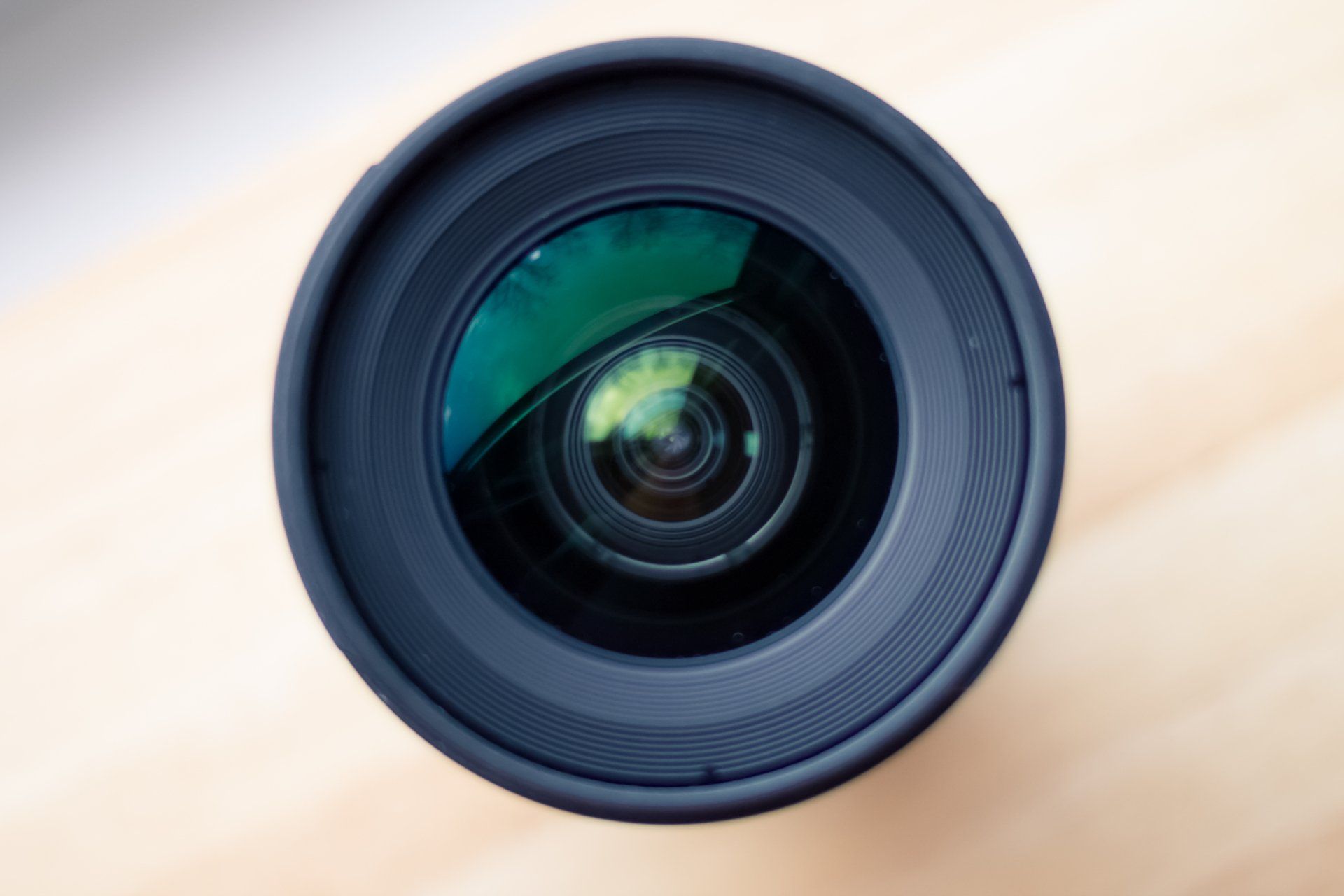
Understanding Aperture Values
Aperture values, often referred to as f-stops, are measurements that indicate the size of the aperture opening within a camera lens. These values are expressed as fractions, for example, f/1.4, f/2, f/2.8, f/4, etc. A smaller f-stop value, like f/1.4, signifies a large aperture, meaning more light is allowed into the camera lens producing a brighter image with a shallow depth of field. On the other hand, a larger f-stop number, such as f/16, correlates to a small aperture, which allows less light into the camera and results in a darker image with a greater depth of field. Understanding and manipulating these values enable photographers to control the aesthetic and technical aspects of their photographs.
To effectively use aperture to
expose your image, first identify your goal for the shot. If you want to have a sharp focus on the subject with a blurred background, use a larger aperture (smaller f-number like f/1.4 or f/2). Be aware that more light will enter the camera, making your image brighter. In contrast, if you aim to capture a landscape where everything is in focus, a smaller aperture (larger f-number like f/16 or f/22) is ideal. However, less light will enter the camera, resulting in a darker image. After selecting an aperture size, adjust your camera's shutter speed and ISO settings accordingly to maintain proper exposure. Practice changing your aperture settings in different lighting conditions to gain proficiency. Remember, while a larger aperture allows more light and creates a shallow depth of field, a smaller aperture does the exact opposite. By manipulating these values, you can control the exposure and depth of field of your photographs.
| F-Stop (Aperture Value) | F-Number | Depth of Field | Exposure (Amount of Light) |
|---|---|---|---|
| 1.4 | f/1.4 | Shallow | More Light |
| 2 | f/2 | Shallow | More Light |
| 2.8 | f/2.8 | Moderate | Light |
| 4 | f/4 | Moderate | Light |
| 5.6 | f/5.6 | Moderate | Light |
| 8 | f/8 | Deep | Less Light |
| 11 | f/11 | Deep | Less Light |
| 16 | f/16 | Deep | Less Light |
| 22 | f/22 | Very Deep | Less Light |
- F-Stop (Aperture Value): This column represents the aperture values or f-stops.
- F-Number: The f-number is the ratio of the lens's focal length to the diameter of the entrance pupil (the opening through which light enters the camera). It's denoted as f/ followed by the number. For example, f/2, f/2.8, etc.
- Depth of Field: This indicates the range of distance in the scene that appears acceptably sharp in the photograph. A smaller f-number (larger aperture) results in a shallower depth of field, meaning that only a small portion of the image will be in focus. Conversely, a larger f-number (smaller aperture) increases the depth of field, bringing more of the scene into focus.
- Exposure (Amount of Light): The f-number also affects the amount of light entering the camera. A smaller f-number (larger aperture) allows more light, making it suitable for low-light conditions. Conversely, a larger f-number (smaller aperture) reduces the amount of light, which is useful in bright conditions.
Keep in mind that these values may vary slightly depending on the specific lens and camera model. Additionally, the creative choice of aperture depends on the photographer's intent, such as achieving a specific depth of field or managing exposure in different lighting conditions.
What aperture should you use?
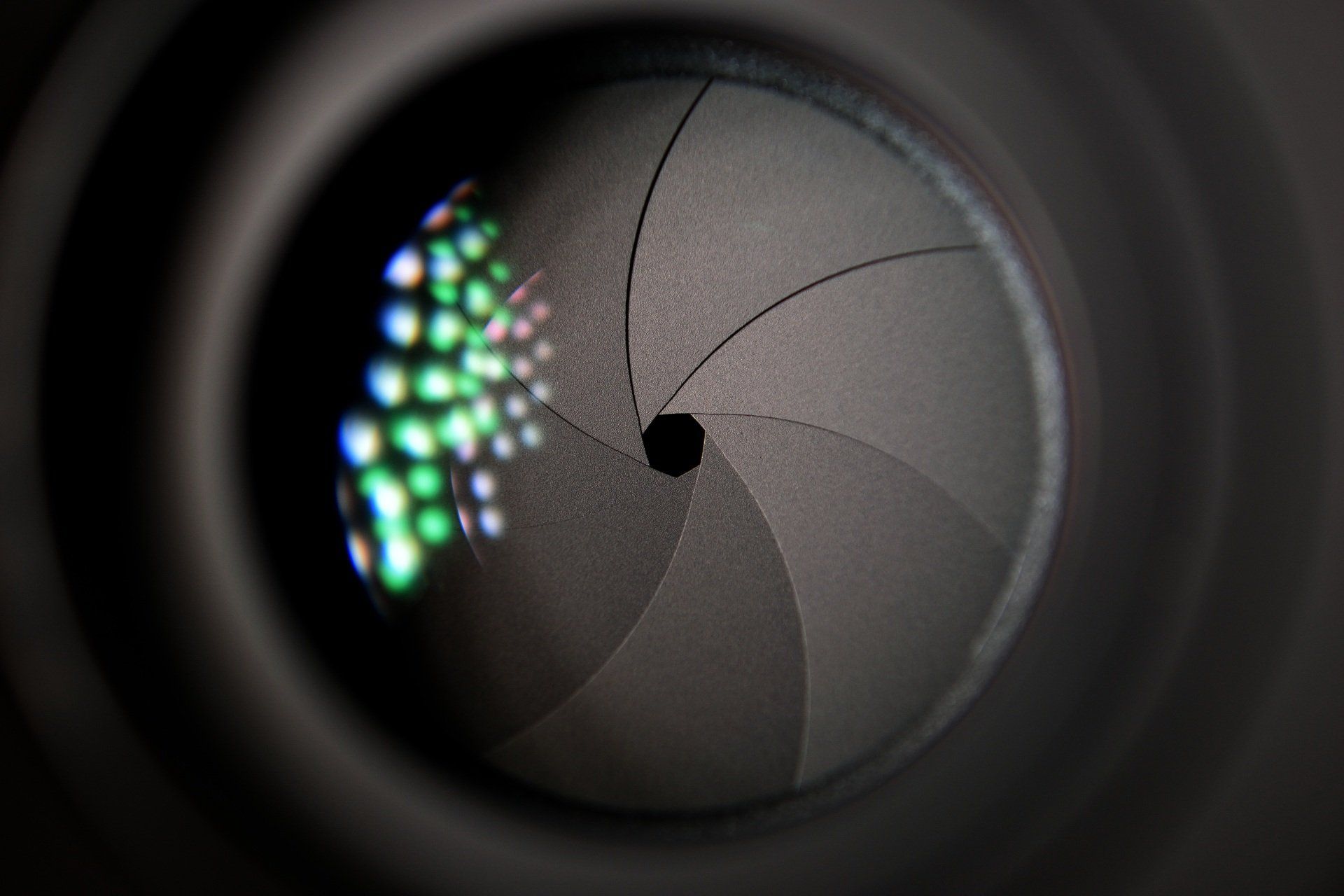
Landscape
When shooting landscape photography, where you want everything from the foreground to the background to be in sharp focus, you'll want to use a smaller aperture (higher f-stop number like f/16 or even f/22). This smaller aperture allows less light in, but increases the depth of field, bringing more of the scene into focus.
Portrait
Conversely, when shooting portraits, it's often desirable to have a blurry background to make the subject stand out. This is achieved by using a larger aperture (lower f-number like f/1.4 or f/2). This allows more light into the camera and creates a shallow depth of field, keeping the subject in sharp focus while blurring the background. Understanding these differences and choosing the right aperture for the scenario can dramatically enhance the quality of your photos.
Street photography
For street photography, the choice of aperture can vary depending on the style and intent of the photographer. If you are aiming to capture a candid scene with everything in focus, a smaller aperture (higher f-stop number like f/8 or f/11) is recommended. This approach ensures a larger depth of field and is ideal for capturing broad street scenes in sharp focus. On the contrary, if you want to isolate a subject or create a bokeh effect in a busy street scene, a larger aperture (lower f-number like f/2 or f/1.4) would be preferable. This setting allows more light in and creates a shallow depth of field, which can effectively blur out distracting backgrounds while keeping the subject in sharp focus. In street photography, the aperture setting can greatly impact the storytelling aspect of your photographs, making it a crucial element to master.
Videography
In video production, understanding and effectively using aperture can greatly influence the aesthetic and mood of your footage. Just like in photography, a smaller aperture (higher f-stop number) allows less light in, increasing the depth of field and bringing more elements into focus - ideal for landscape shots or wide-angle scenes. Conversely, a larger aperture (lower f-stop number) introduces more light and creates a shallow depth of field, which can be used to isolate a subject and achieve a cinematic, blurred background effect. This is particularly useful in interviews or close-up shots. Moreover, in situations with varying light conditions, adjusting the aperture can help maintain consistent exposure throughout your video. However, it's important to remember that changes in aperture also affect the video's shutter speed and ISO, so finding a balance among these settings is key to capturing high-quality video footage.
Shallow vs. deep depth of field
Shallow depth of field
A key distinction in photography and videography lies between shallow depth of field and deep (or non-shallow) depth of field. A shallow depth of field, often achieved using a larger aperture (represented by a lower f-stop number), allows more light into the camera lens, leading to the subject of the image or footage being in sharp focus while the background remains blurred. This technique is frequently used for subject isolation and enhancing the bokeh effect.
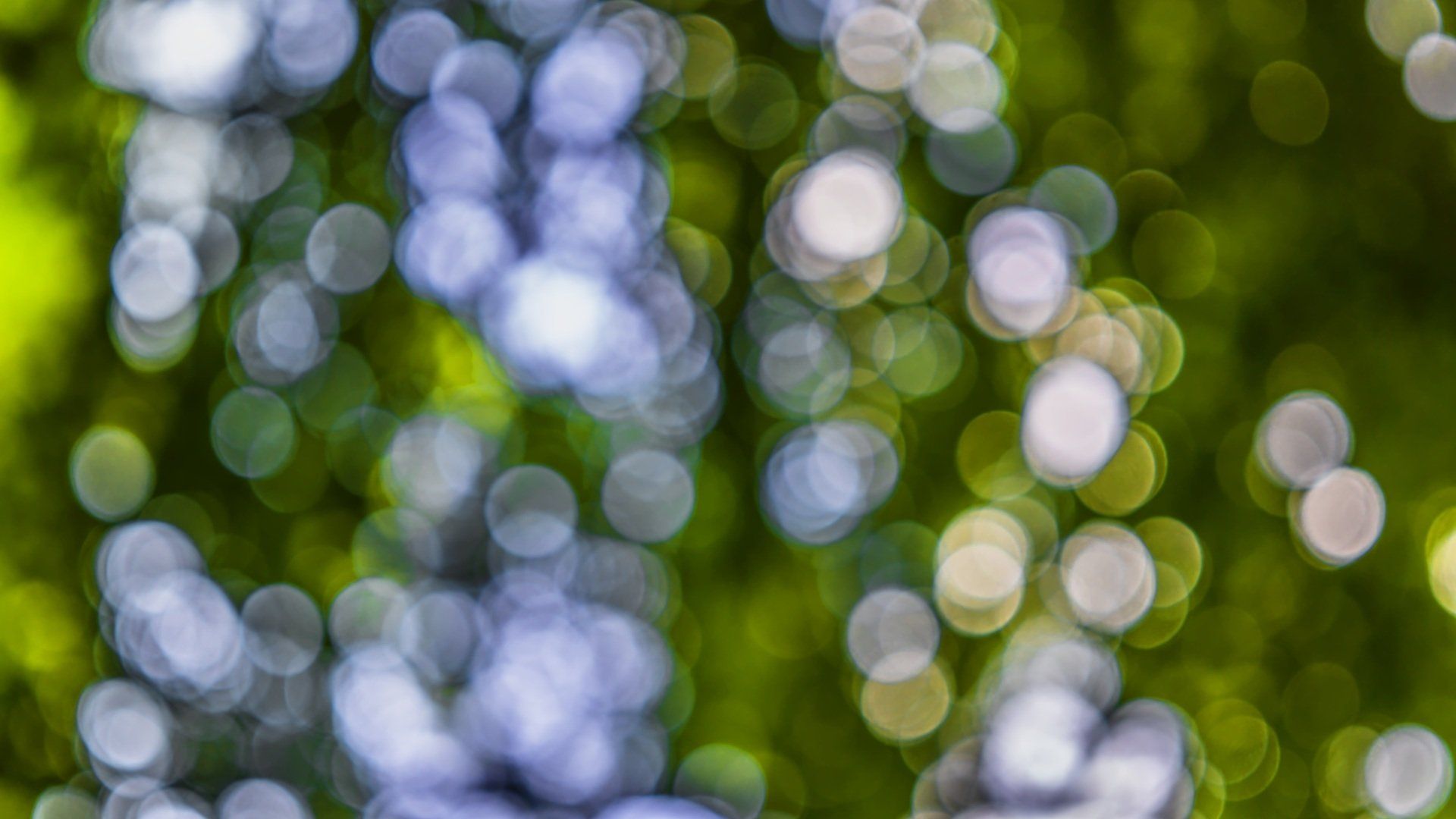
Deep depth of field
In contrast, a non-shallow or deep depth of field, typically obtained by using a smaller aperture (higher f-stop number), allows less light into the camera lens. This results in a greater range of the scene being in sharp focus, both in the foreground and background. This is often employed in landscape photography or wide-angle scenes where the goal is to capture a broader scene in clear detail. It's crucial to understand these differences as they significantly influence the aesthetic, mood, and storytelling aspect of your images and videos.

Mastering the Art of Aperture
In conclusion, mastering aperture settings is fundamental to both photography and videography, widely influencing the aesthetics and storytelling capacity of your output. Whether it's isolating subjects with a shallow depth of field or capturing intricate details in landscape shots, the right aperture selection can greatly enhance your work. Balancing aperture with other settings like shutter speed and ISO is crucial in achieving high-quality visuals, making it an indispensable tool for every creative professional's arsenal.
Investing in a high-quality camera can significantly enhance your ability to manipulate aperture settings, offering a wider range of f-numbers to choose from. This allows for greater precision in controlling the depth of field and the amount of light in your photographs. Elevate your photography skills by taking charge of your aperture settings with a
top-notch camera. Don’t let your creativity be limited by your equipment - upgrade your camera today!
Frequently Asked Questions about Aperture
New Paragraph
About the author: Brandon Sanders
Tech enthusiast, gamer, and digital wizard.
Brandon Sanders is an ardent technology enthusiast, photographer, gamer, and digital marketing aficionado. With his deep-rooted passion for all things tech, he is always on the lookout for the latest gadgets and software to enrich his digital experience. As a photographer, Brandon finds joy in capturing the intricate beauty of life's fleeting moments, often exploring his environment through the lens of his camera. He thrives on employing innovative digital strategies and exploring emerging trends, always seeking to enhance the visibility and impact of brands in the digital space. More than just hobbies, these facets of Brandon's life reflect his tireless quest for knowledge, creativity, and the drive to stay ahead in the fast-paced digital era.

